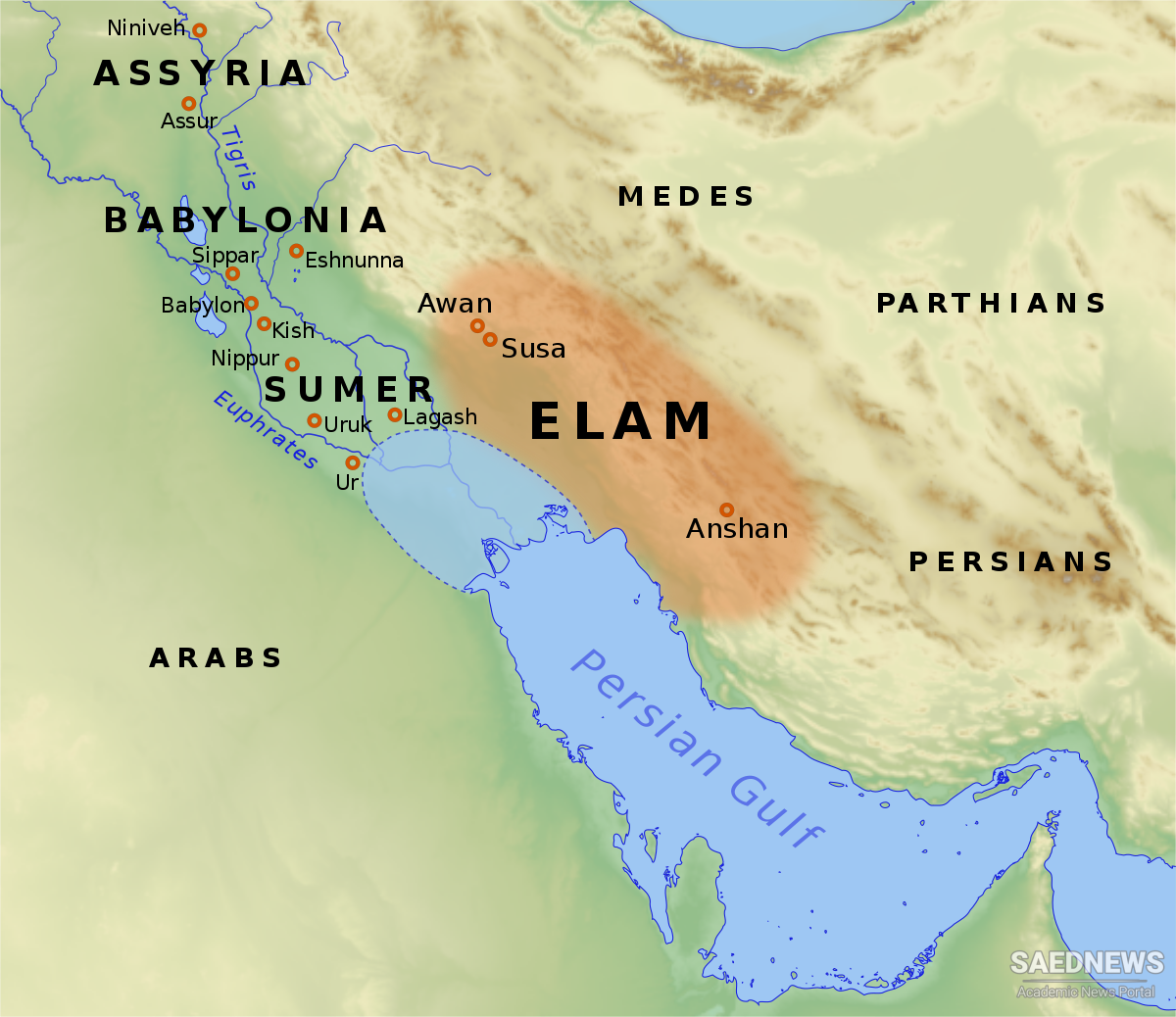Whereas the Iranian plateau did not experience the rise of urban, literate civilization in the late 4th and early 3rd millennia on the Mesopotamian pattern, lowland Khūzestān did. There Elamite civilization was centred. Geographically, Elam included more than Khūzestān; it was a combination of the lowlands and the immediate highland areas to the north and east. Elamite strength was based on an ability to hold these various areas together under a coordinated government that permitted the maximum interchange of the natural resources unique to each region. Traditionally this was done through a federated governmental structure.


 The Kneeling Bull with Vessel: Persian Cultural Beauty
The Kneeling Bull with Vessel: Persian Cultural Beauty














































